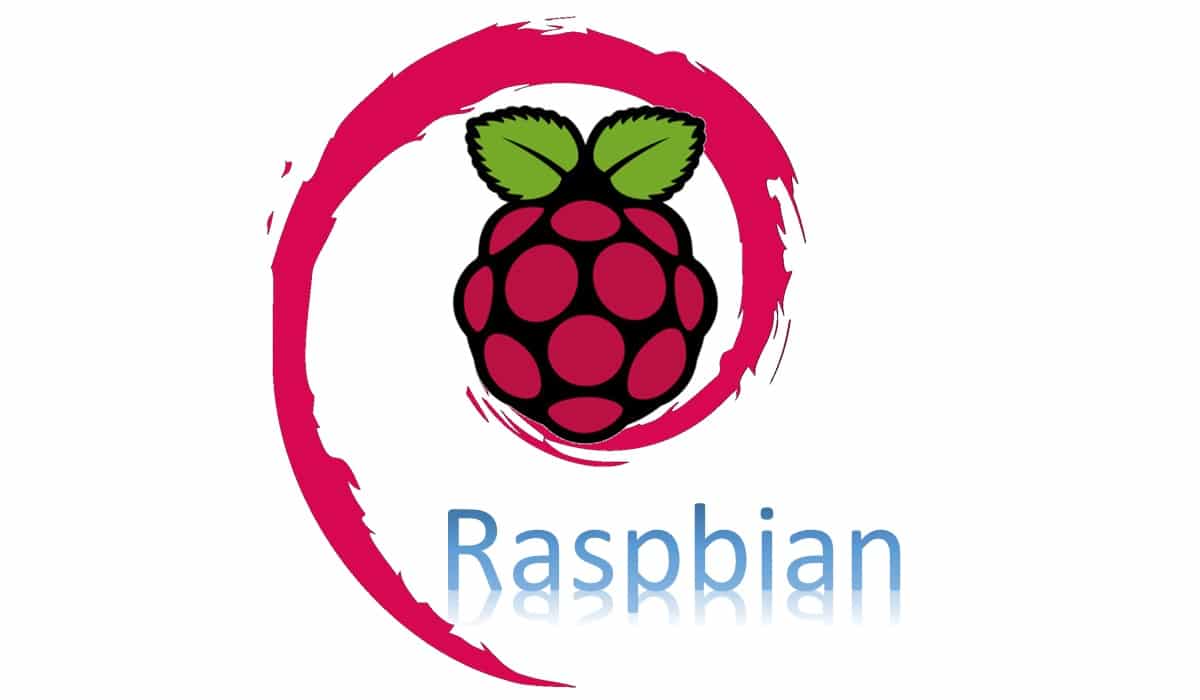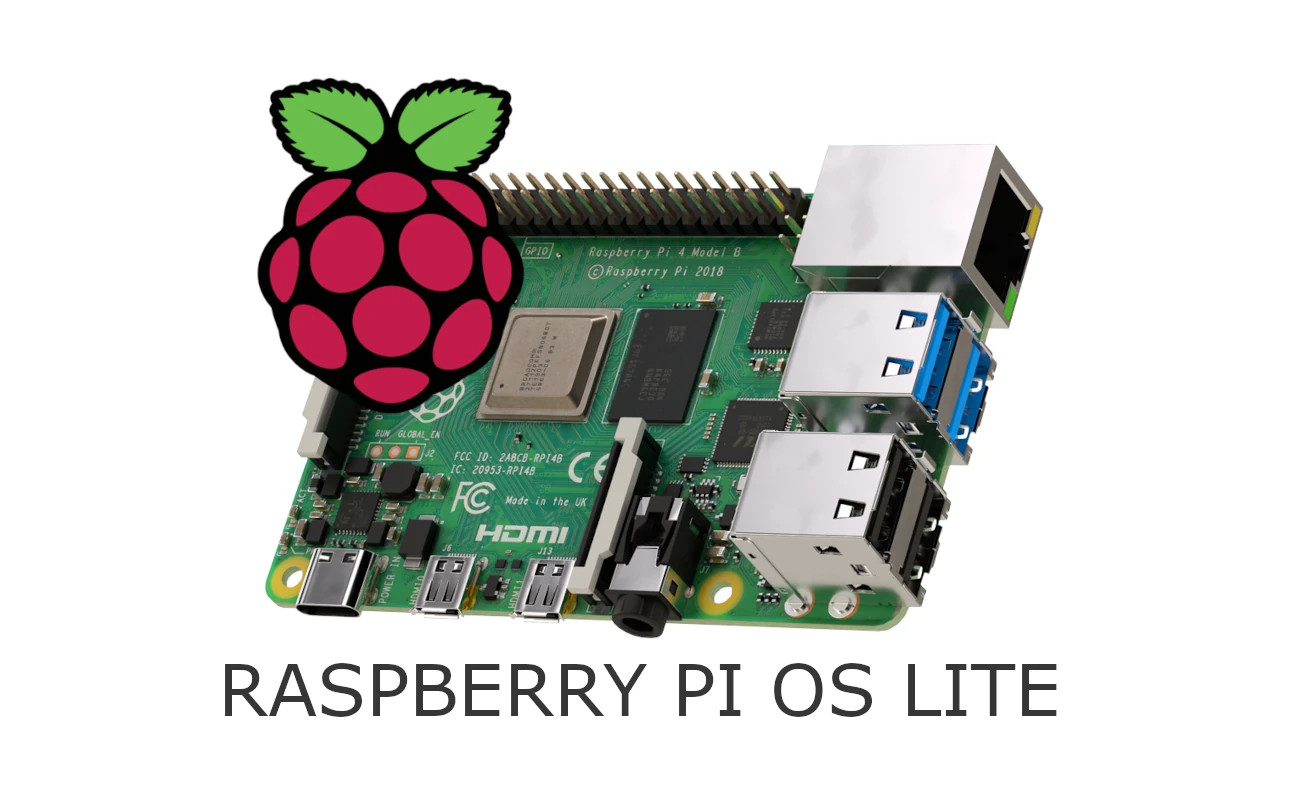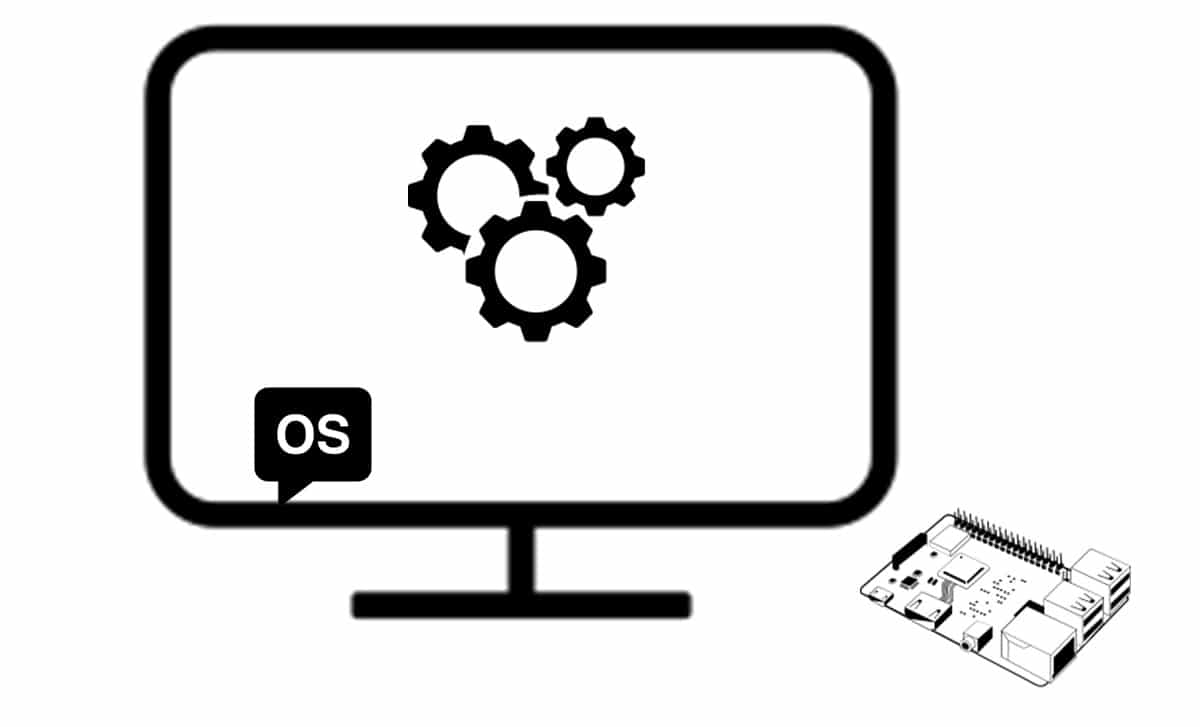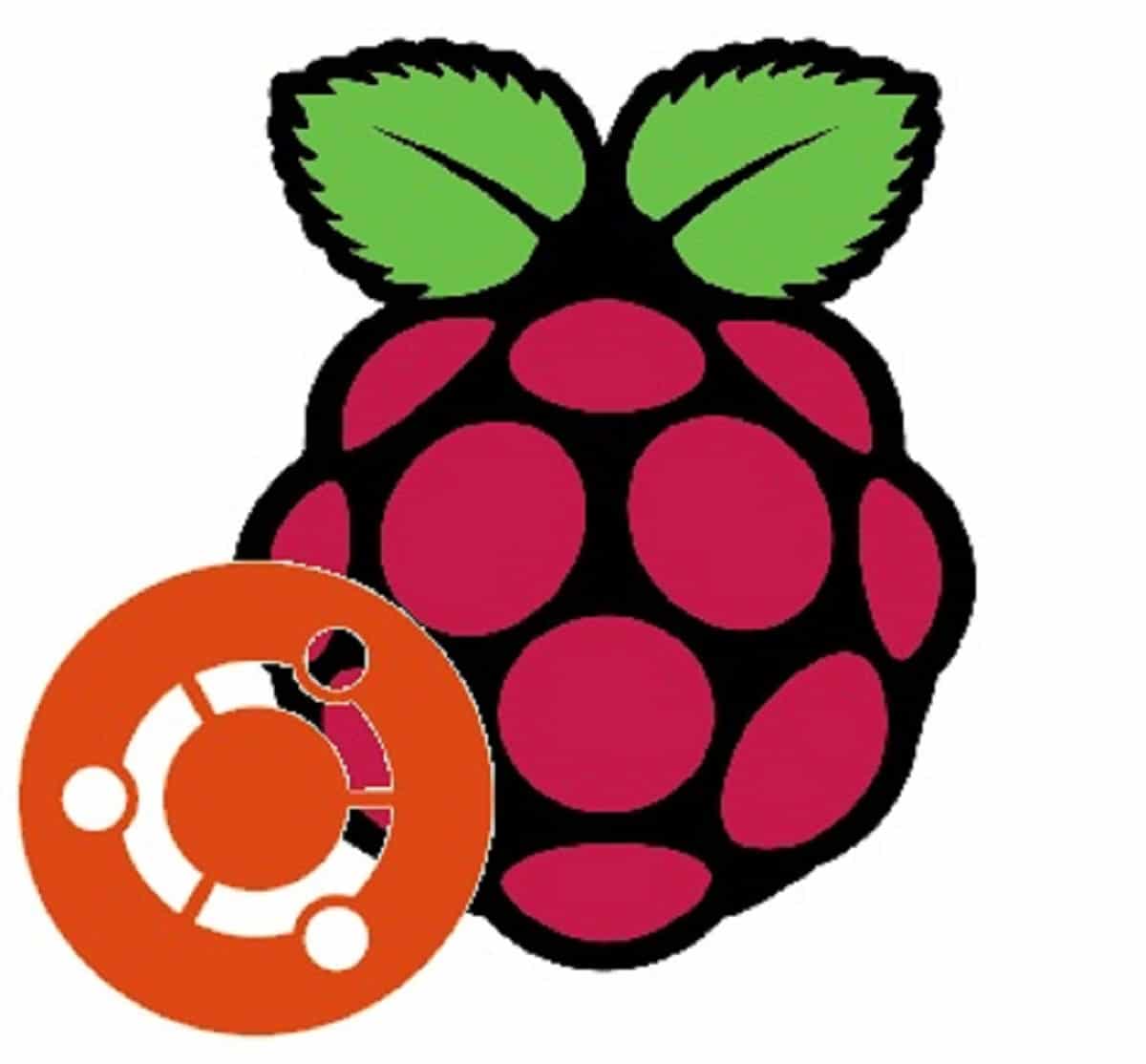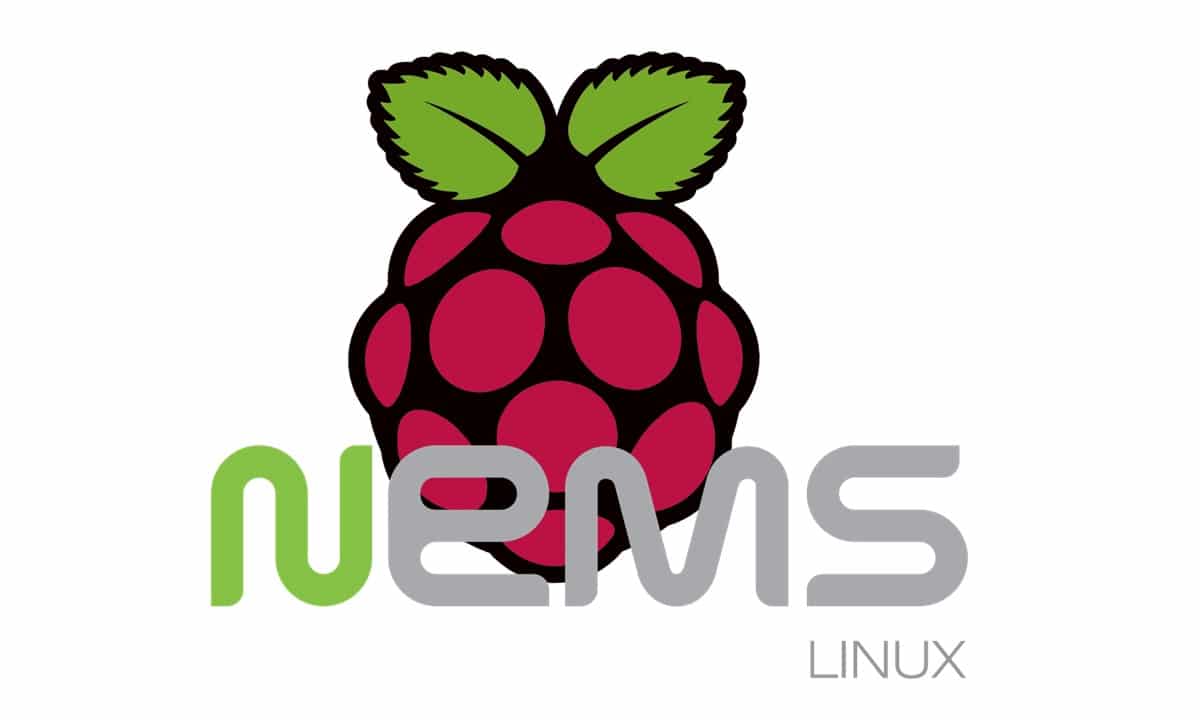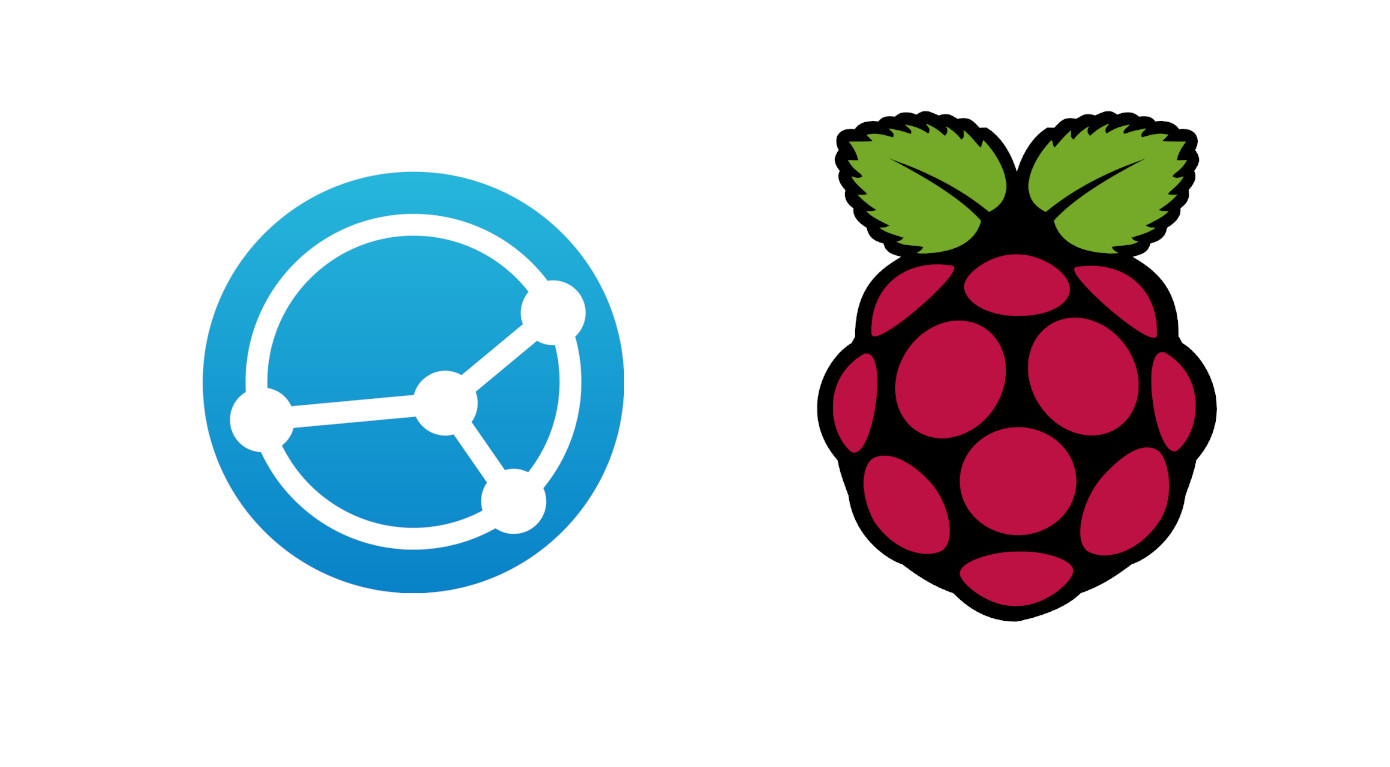Install Raspbian Buster Desktop in your Raspberry Pi (with optional Remote Desktop)
Last Updated on 8th November 2019 by peppe8o
ADVICE: From June 2020, Raspberry PI Foundation decided to fork its own Raspberry PI OS from Raspbian. This means that, from this date, the official “Raspberry PI OS Desktop” can be installed with following procedure: https://peppe8o.com/install-raspberry-pi-os-desktop-with-optional-remote-desktop/. All of my projects should work without issues with that new OS directly supported by Raspberry PI Foundation
Raspberry Pi boards can be used in a number of interesting ways for electronics projects. Some of these can be found on this page. But they can be also used as very very small computers with complete desktop environment.
Microsoft has not yet published a Windows version working on Arm processors (Windows IoT is something different from a desktop environment). But Raspbian offers a very stable and useful desktop version. Comparison between Desktop and Lite version can be found in this article.
Now, we are going to install Raspbian Buster Desktop. I’ll use the version withOUT the recommended software because I will choose later what software to install.
What do you need
HARDWARE
- Raspberry PI kit (including at least also case, USB adapater and power supply)
- 1 micro SD card (suggested 16 GB, at least class 10) with an SD adapter
- 1 HDMI cable
- a USB/wireless keyboard
You can find on Amazon or other e-commerce vendors many offers related to starter kits which include part of the above component. I strongly suggest evaluating a case with a cooling system (fans) if you are thinking of using your Raspberry for resource-intensive applications.
You also need a PC (notebook or desktop) with an SD card reader
SOFTWARE
- Raspbian Buster with Desktop disk image (you can download it from here, I used kernel version 4.19)
- an image flashing software like, for example, Etcher
Step-by-step guide
Download and install in your PC Etcher (if not available).
Download Raspbian Buster with Desktop disk image (ZIP version).
Insert your SD card into your PC/SD card reader.
Run Etcher in your PC. Click “Select Image” and select the Raspbian disk image previously downloaded.
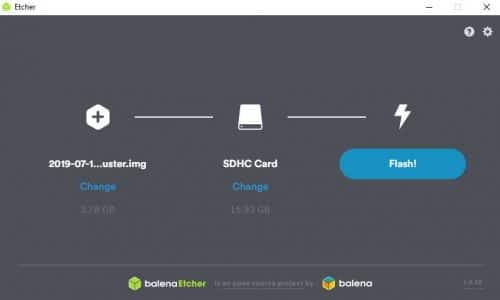
Now Etcher should also have recognised your SD card. Otherwise, click “Change” and select the correct SD card.
Click “Flash!” button and wait for the operation to be completed:
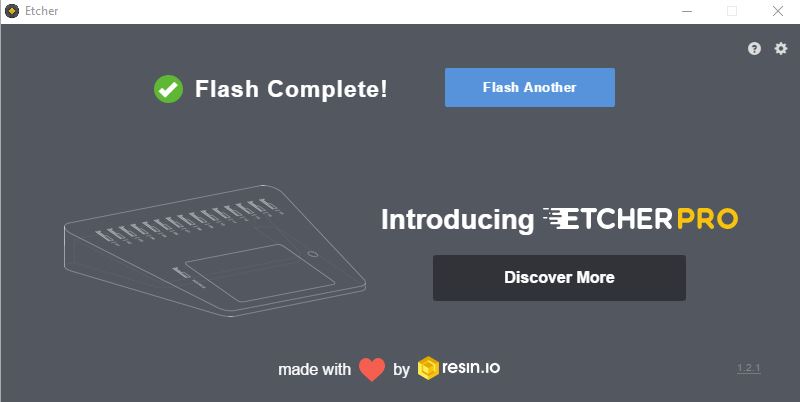
If you want to use your RPI as Desktop PC with a monitor, then you can insert SD card inside Raspberry Pi, connect your monitor and connect power supply. You will log on your desktop with the default user (user: pi; password:raspberry). If you want to use your RPI with a remote desktop, please see the following steps.
OPTIONAL: Enabling Remote Desktop
In my case, I don’t want to use an HDMI connection to my TV to finalize the system setup (my Raspberry will be connected only via WiFi).
Preconfiguring WiFi and enabling SSH
So, before using it and after having flashed its SD, let’s configure WiFi and SSH connection directly modifying files inside the SD card.
Extract the SD card and re-insert it in your PC. From our File explorer, in “This Computer” we can see 2 SD partitions:
We will create a connection configuration file under boot partition.
Open your notepad and paste the following lines:
ctrl_interface=DIR=/var/run/wpa_supplicant GROUP=netdev
update_config=1
country=«your_ISO-3166-1_two-letter_country_code»
network={
ssid="«your_SSID»"
psk="«your_PSK»"
key_mgmt=WPA-PSK
}
Replace «your_ISO-3166-1_two-letter_country_code» with your ISO Country Code (such as CA for Canada), «your_SSID» with your wireless access point name and «your_PSK» with your wifi password.
Save this file under boot partition, naming it as “wpa_supplicant.conf”.
In addition, we will create a new file named “ssh” (without extension) under boot partition also to enable SSH in our Raspberry. It is not important what is contained in this file: when Pi boots, it looks for the “SSH” file and if it is found, SSH is enabled and then the file is deleted.
So, let’s open a new Notepad window: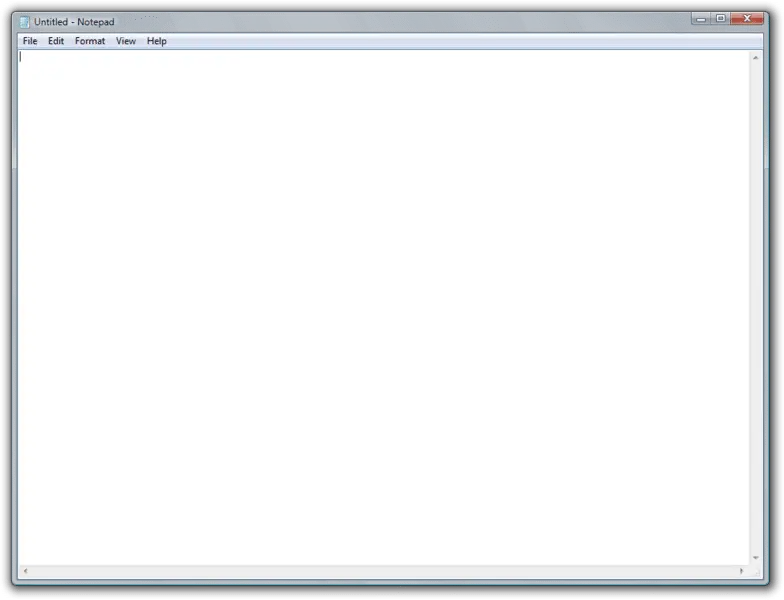

Go to : File -> Save as
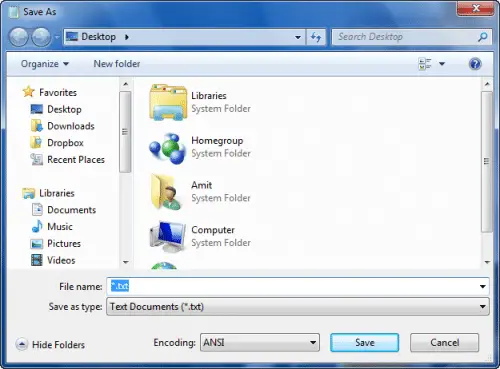

Select the boot partition in the left column.
Insert in “File name” field value “ssh” and click “Save”. Be aware that notepad sometimes saves files by adding “.txt” extension. So, control the saved file and be sure that its extension is NOT included.
Extract SD card from your SD reader and insert it in your Raspberry.
Enable Remote Desktop
Power the Raspberry on, wait a few minutes for the first boot, check its IP address in your router and connect to it from Putty (or whatever connection program you are using for ssh) using the default ssh port (22).
Default user: pi
Default password: raspberry
Make the OS up-to-date:
sudo apt-get update sudo apt-get upgrade
Install xrdp service to enable remote desktop protocol server:
sudo apt-get install xrdp
Connect remotely with RDP
If you are a Windows PC, open Remote Desktop application and insert your RPI IP address in Computer input box, then press Connect button. After RSA confirmation window, you should see Raspbian login page:
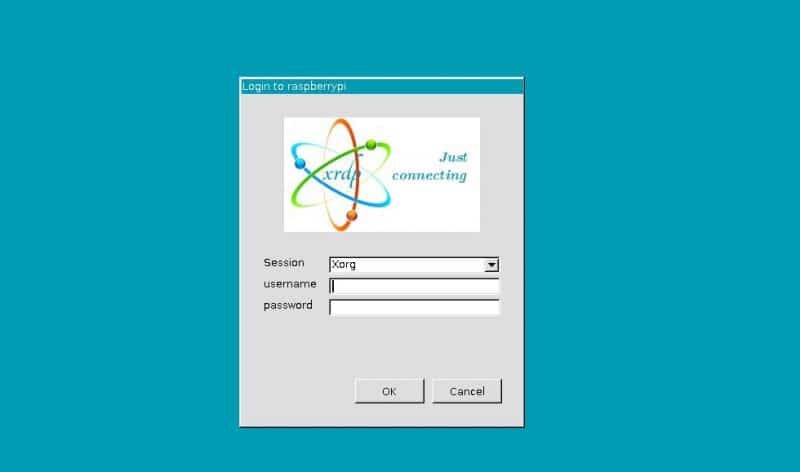
Insert default Raspbian username (pi) and password (raspberry).
Enjoy!
Please, share with your friends in your social network if you like this article!


